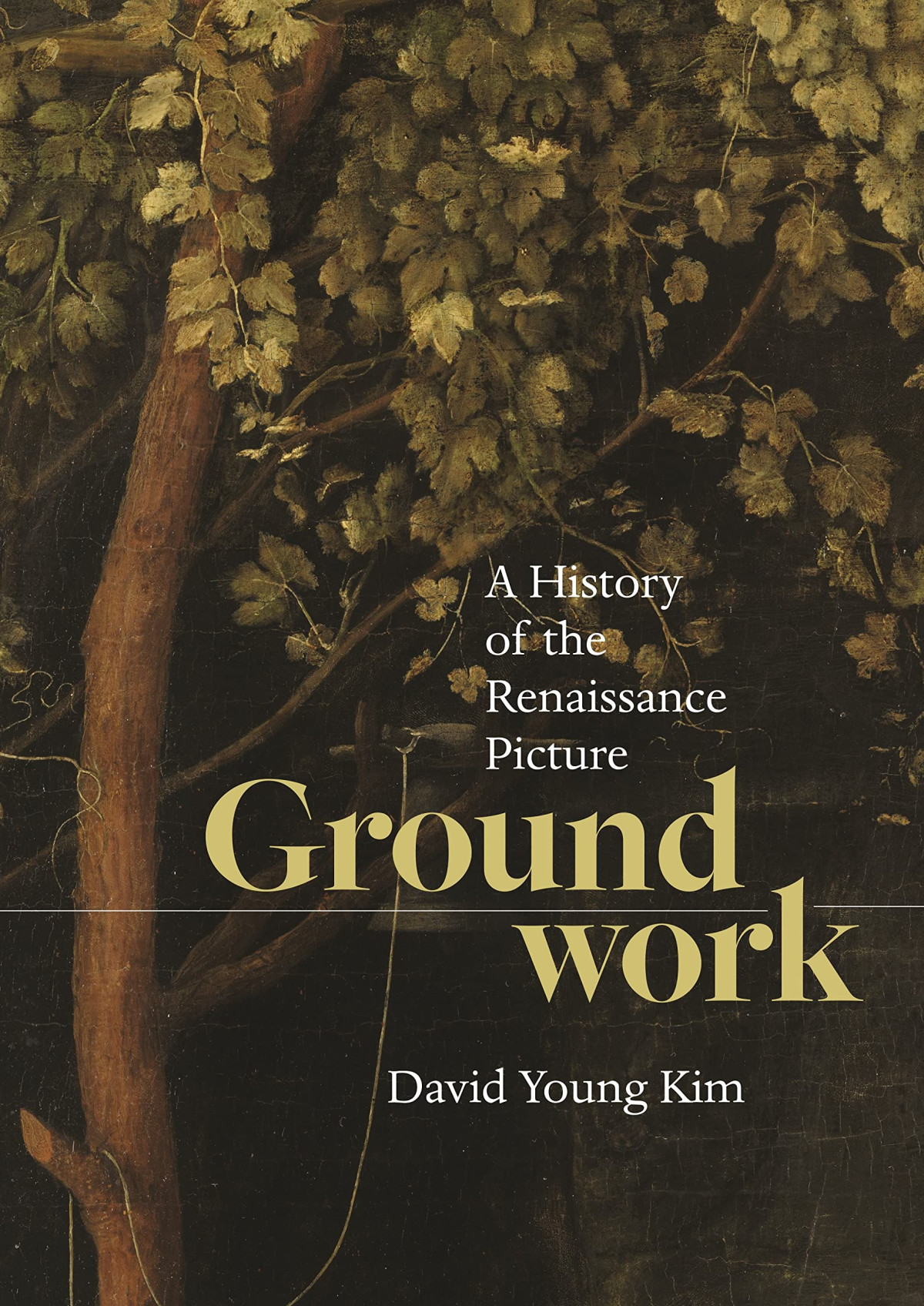

Most ebook files are in PDF format, so you can easily read them using various software such as Foxit Reader or directly on the Google Chrome browser.
Some ebook files are released by publishers in other formats such as .awz, .mobi, .epub, .fb2, etc. You may need to install specific software to read these formats on mobile/PC, such as Calibre.
Please read the tutorial at this link: https://ebookbell.com/faq
We offer FREE conversion to the popular formats you request; however, this may take some time. Therefore, right after payment, please email us, and we will try to provide the service as quickly as possible.
For some exceptional file formats or broken links (if any), please refrain from opening any disputes. Instead, email us first, and we will try to assist within a maximum of 6 hours.
EbookBell Team

0.0
0 reviewsAn illuminating look at a fundamental yet understudied aspect of Italian Renaissance painting
The Italian Renaissance picture is renowned for its depiction of the human figure, from the dramatic foreshortening of the body to create depth to the subtle blending of tones and colors to achieve greater naturalism. Yet these techniques rely on a powerful compositional element that often goes overlooked. Groundwork provides the first in-depth examination of the complex relationship between figure and ground in Renaissance painting.
“Ground” can refer to the preparation of a work’s surface, the fictive floor or plane, or the background on which figuration occurs. In laying the material foundation, artists perform groundwork, opening the ground as a zone that can precede, penetrate, or fracture the figure. David Young Kim looks at the work of Gentile da Fabriano, Giovanni Bellini, Giovanni Battista Moroni, and Caravaggio, reconstructing each painter’s methods to demonstrate the intricacies involved in laying ground layers whose translucency and polychromy permeate the surface. He charts significant transitions from gold ground painting in the Trecento to the darkened grounds in Baroque tenebrism, and offers close readings of period texts to shed new light on the significance of ground forms such as rock face, wall, and cave.
This beautifully illustrated book reconceives the Renaissance picture, revealing the passion and mystery of groundwork and discovering figuration beyond the human figure.